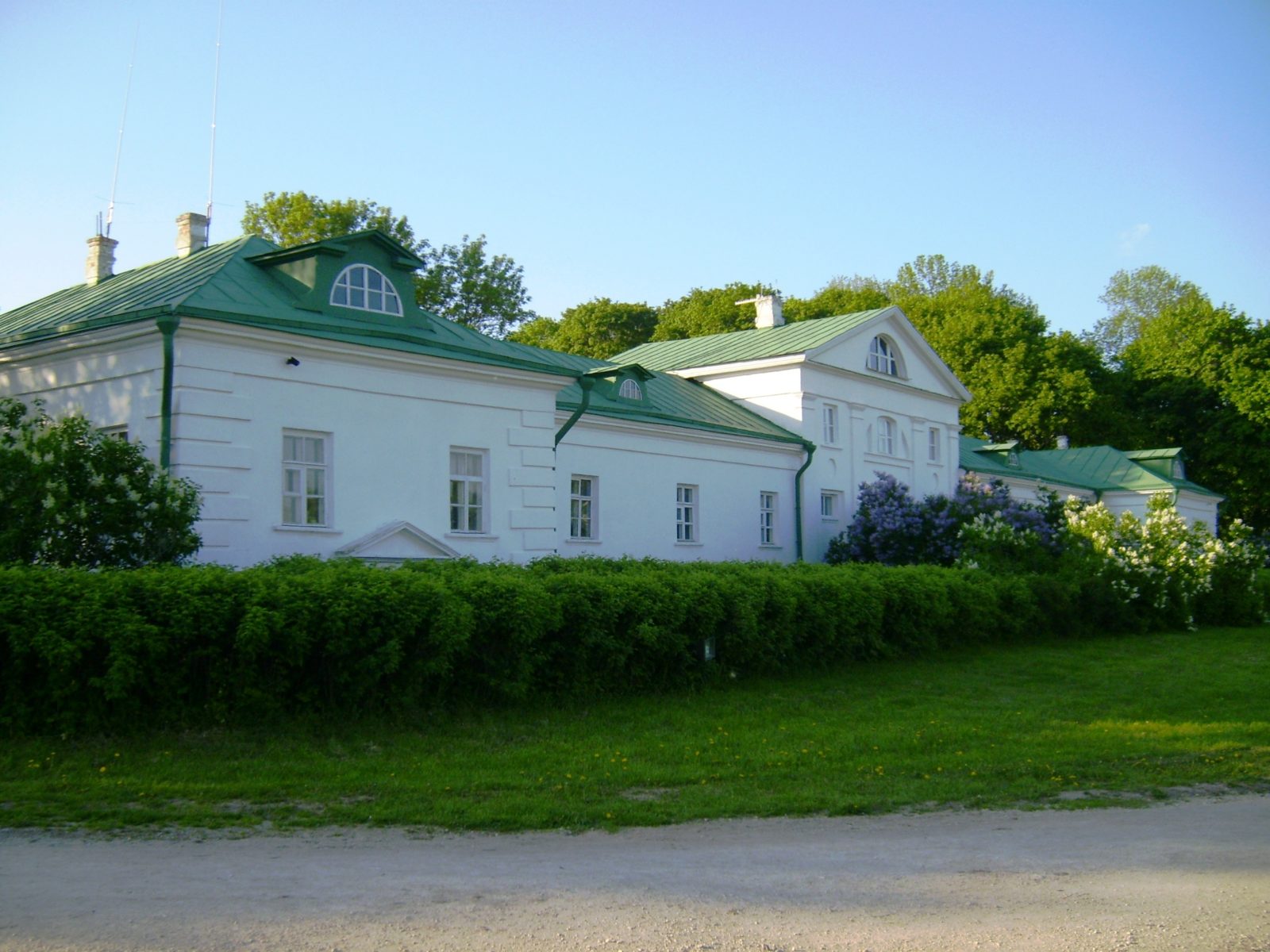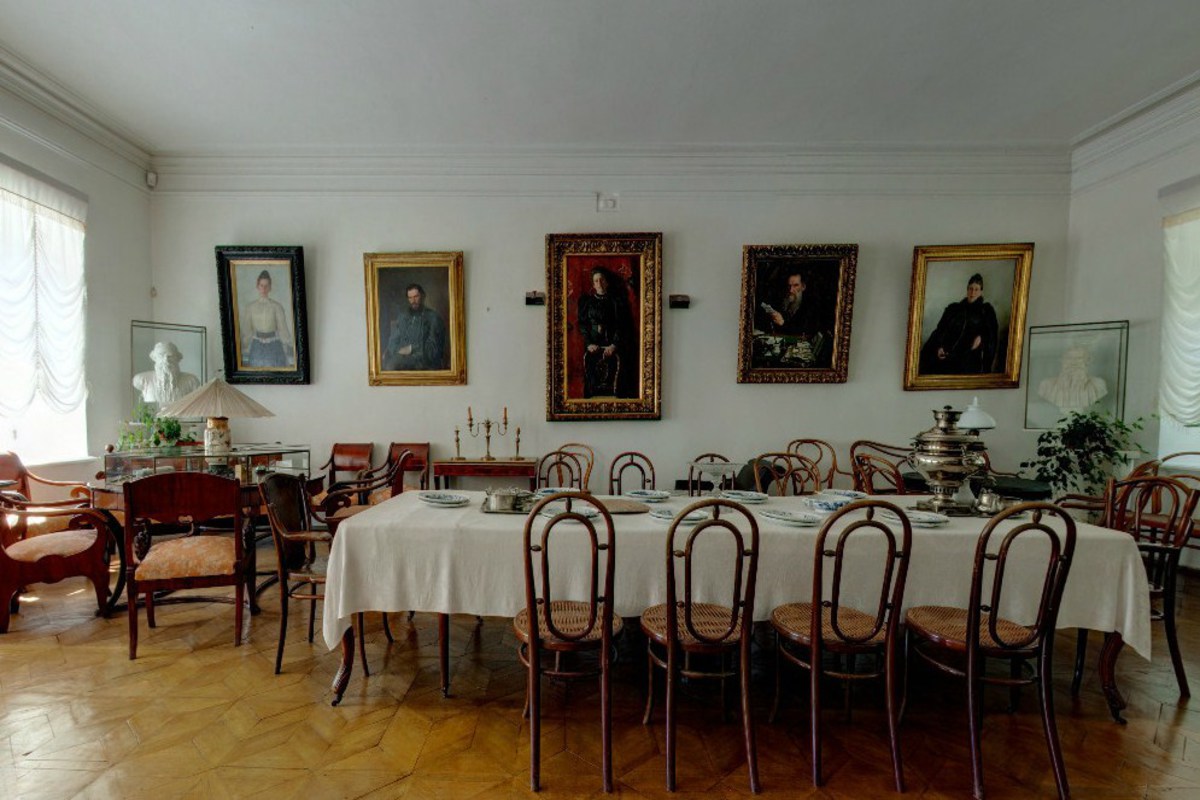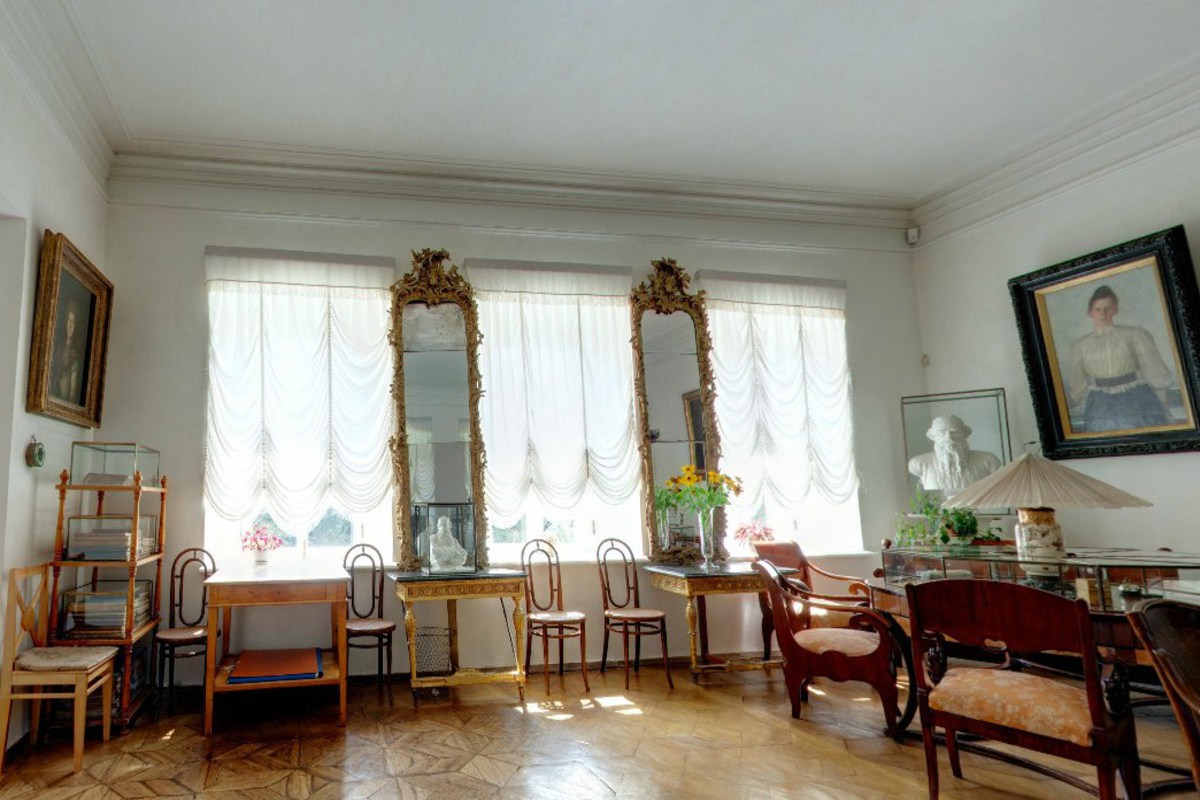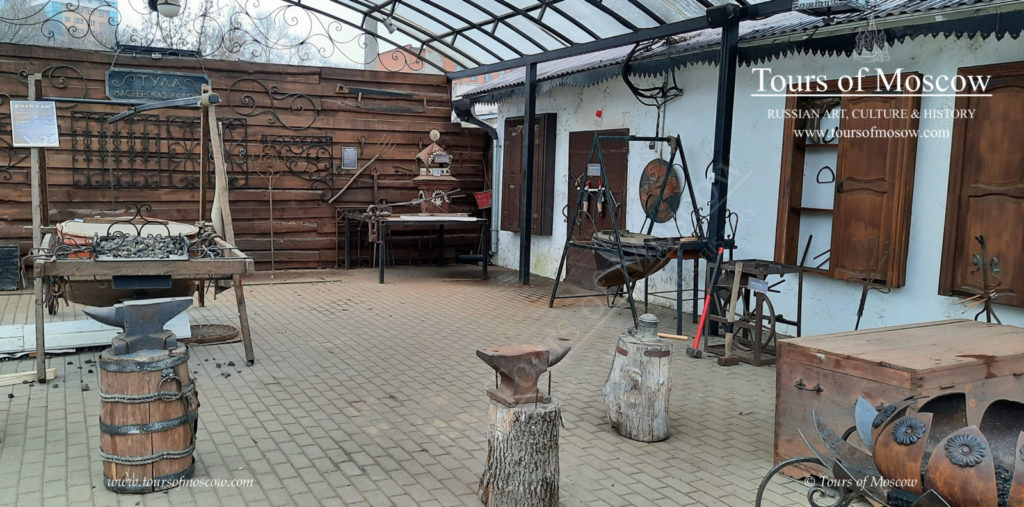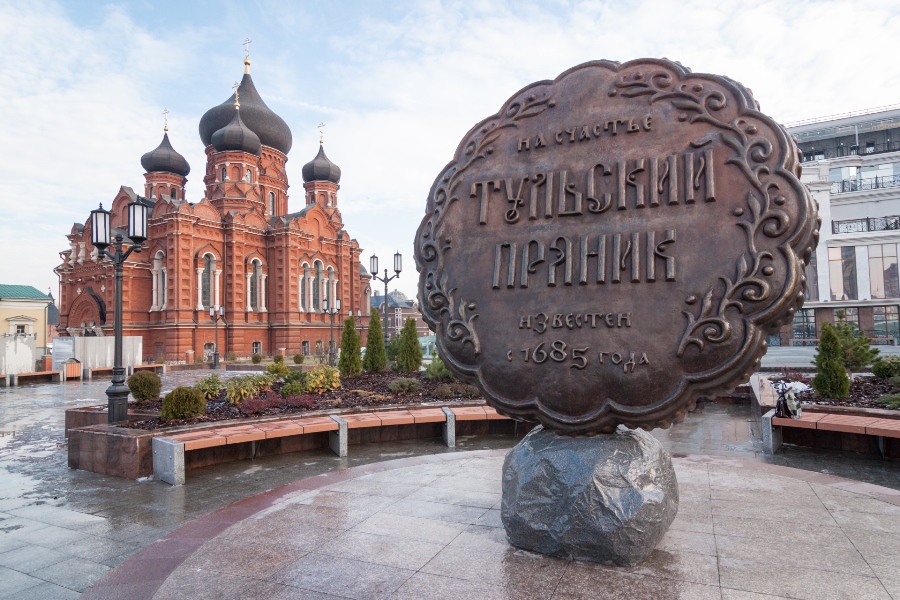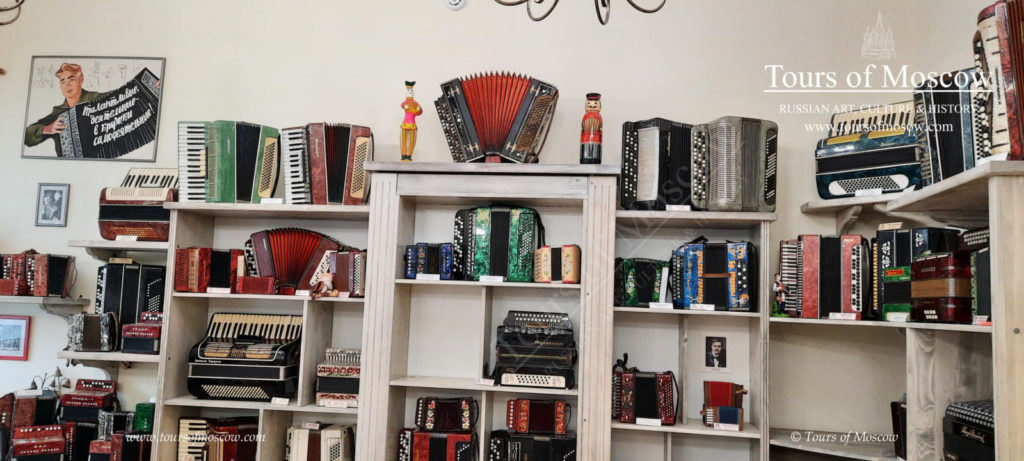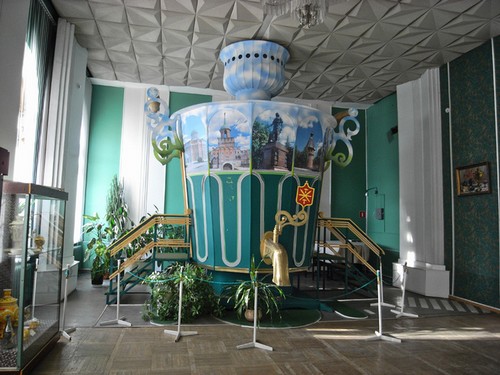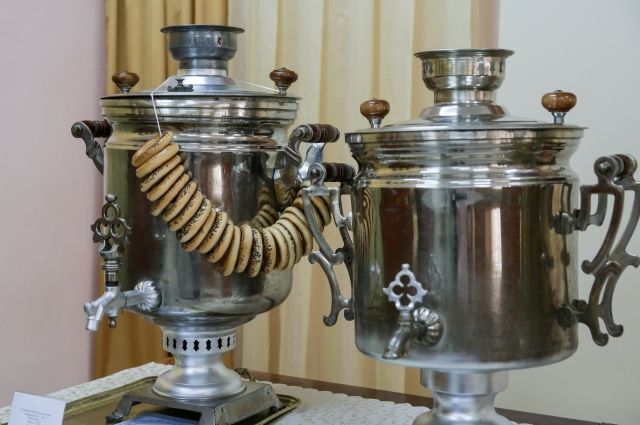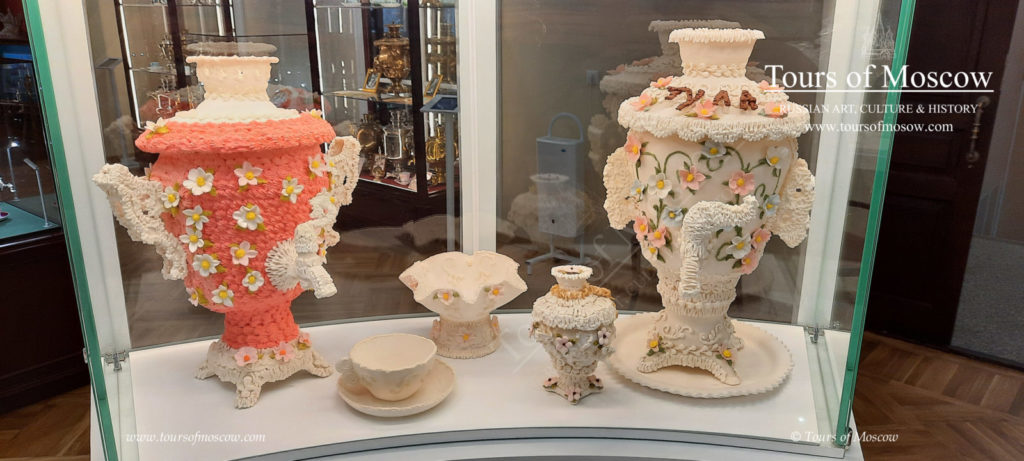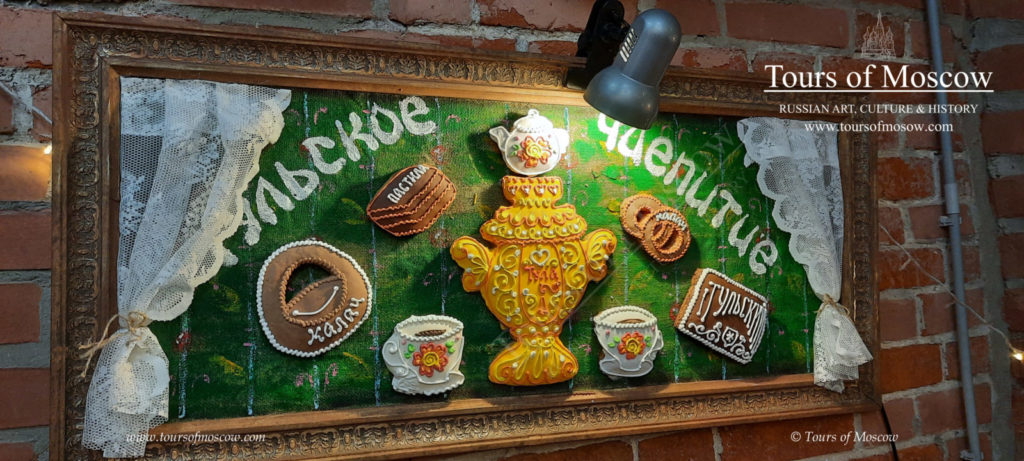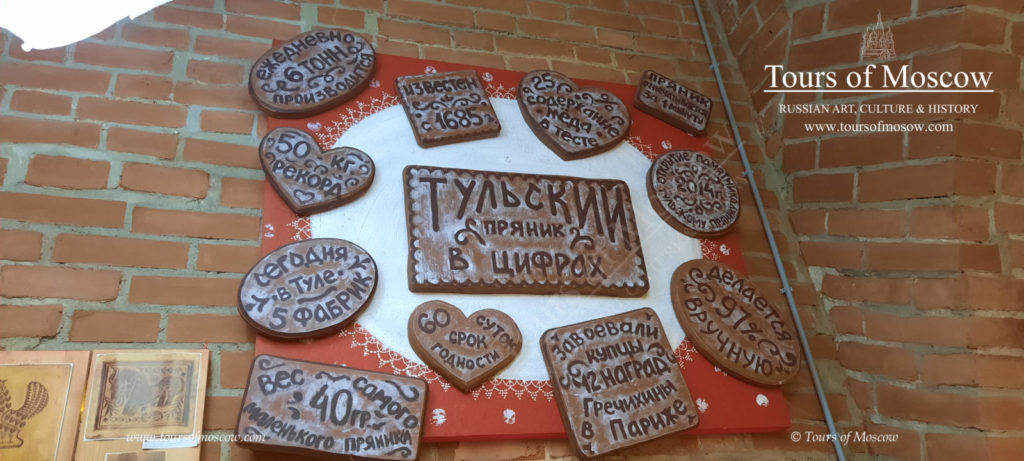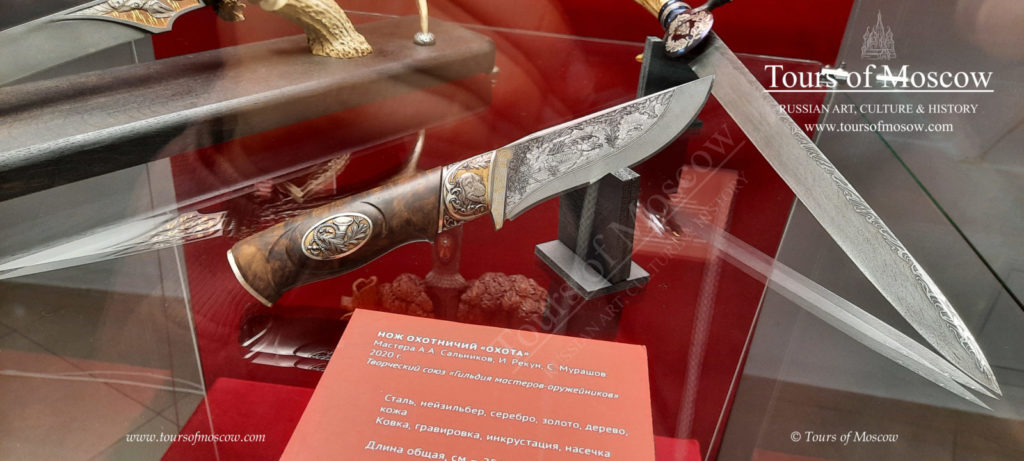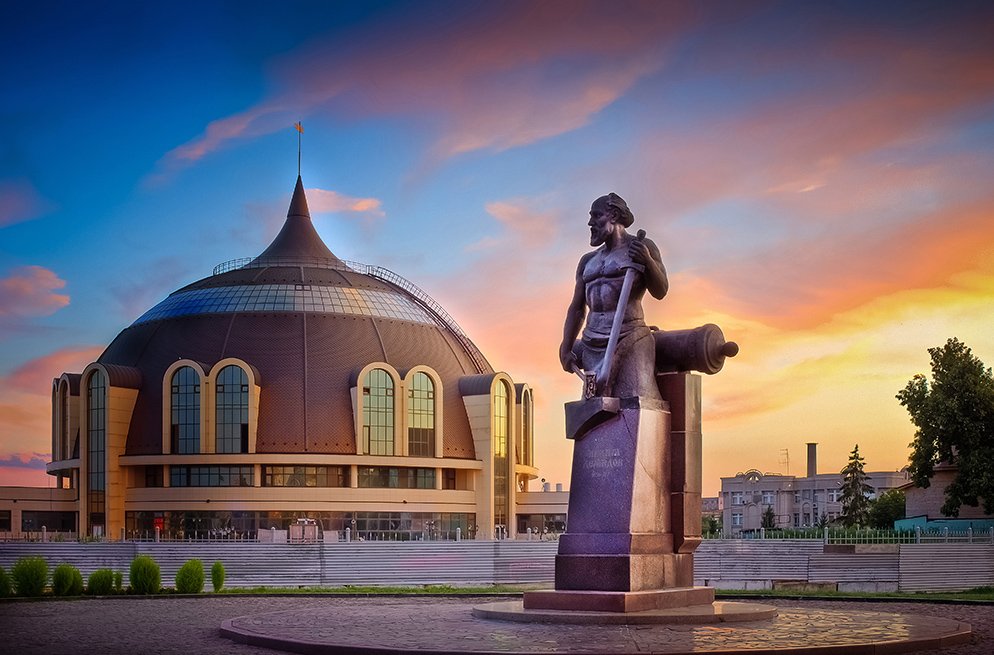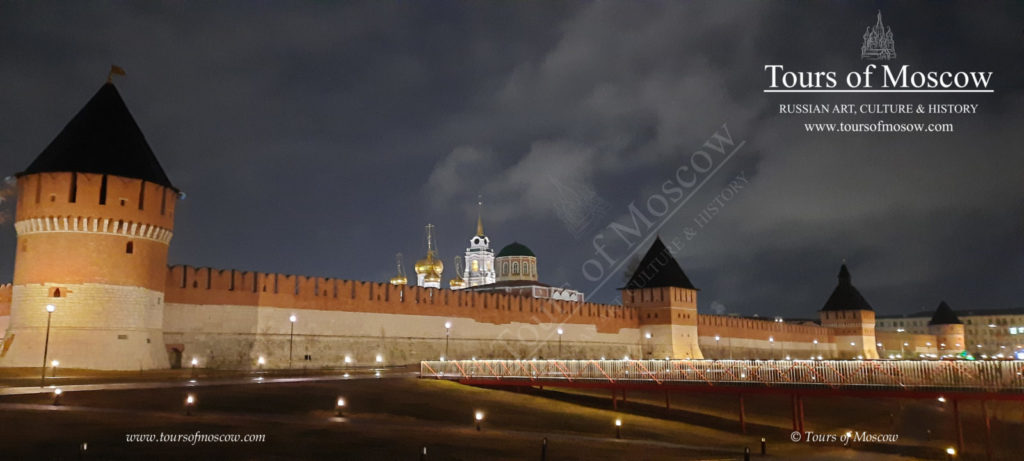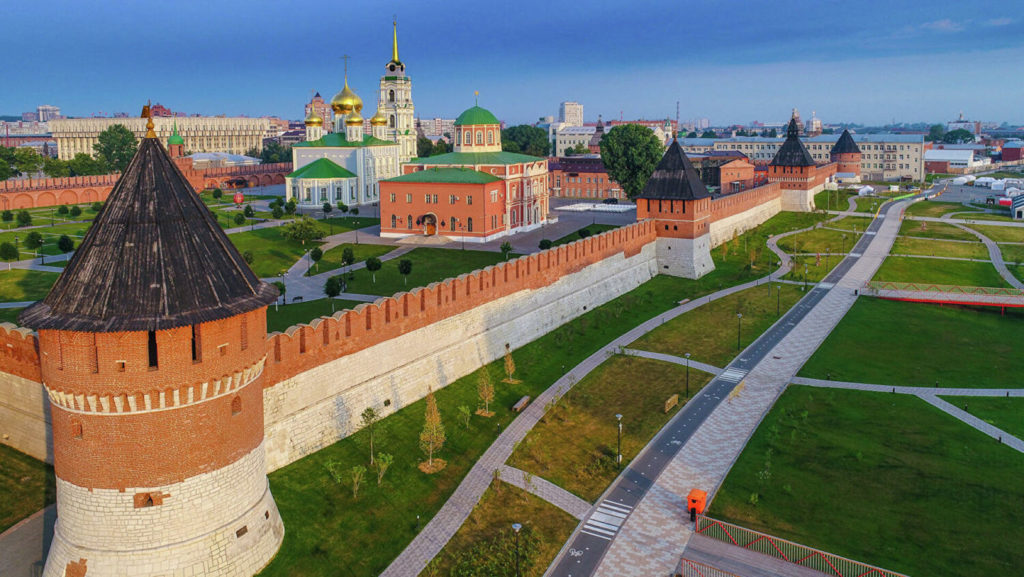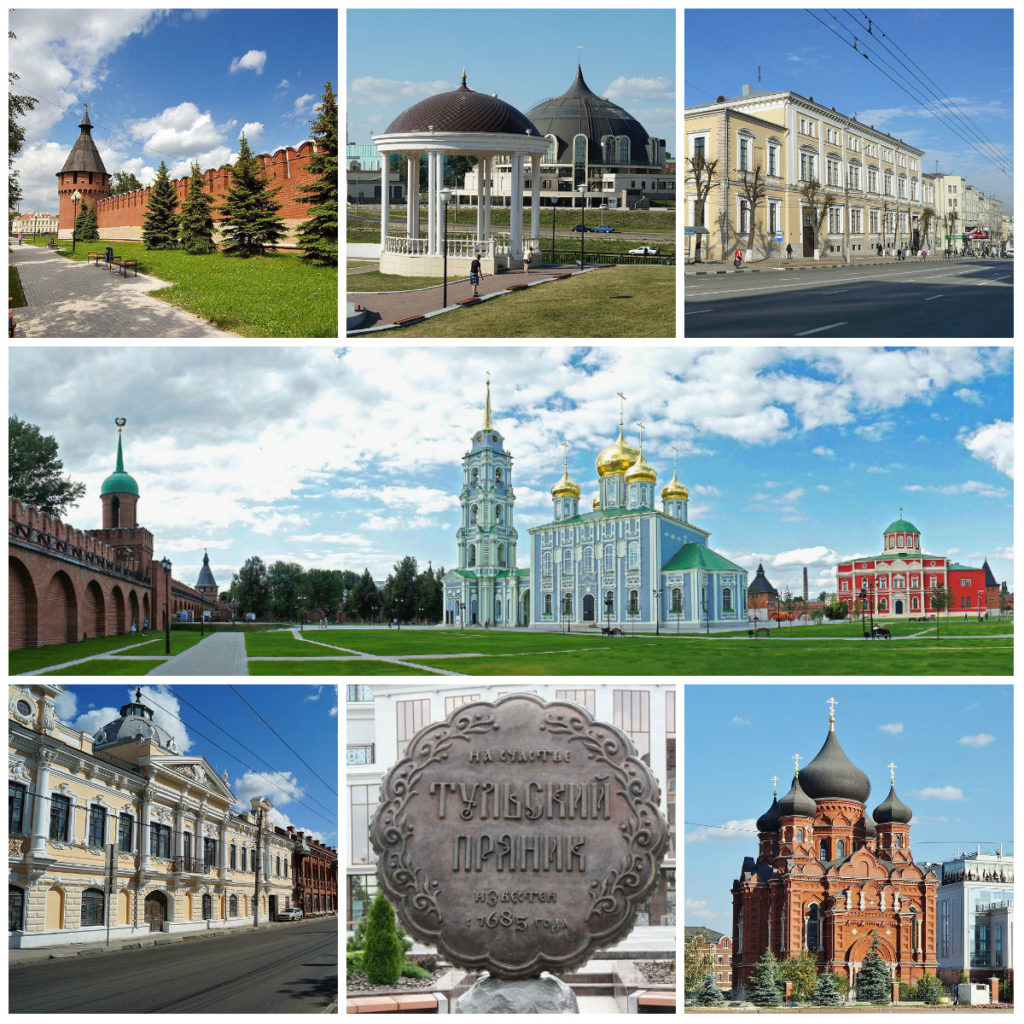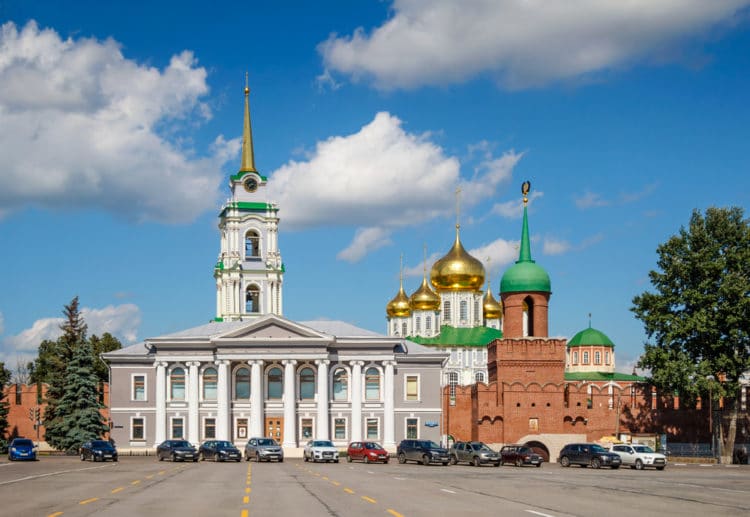2-3 May Tolstoy estate Yasnaya Polyana + Tula A weekend away
This is a 2- day trip, as the estate is located in Tula area
It takes about 3,5 h to get there , so it is a long day; which is why we will stay in Tula overnight and then enjoy this beautiful historical town the next day.
Day 1
We will have a tour of the estate, visit Leo Tolstoy’s grave, have a walk around the territory have lunch and head back.
Leo Tolstoy came from an old, famous, aristocratic family. Born on the 28th of August 1828 in the estate of Yasnaya Polyana, he was the 4th child in the family. His mother died when he was 2 years old.
At the age of 15 years old Tolstoy entered Kazan University. However he didn’t stay there long because he «wanted to learn». «Any imposed studies were always difficult to him», one of his relatives later recalled.
After leaving the University Tolstoy returns to Yasnaya Polyana intending to build new relationship with his peasants. Some time later, having traveled abroad paying a lot of attention to public education in Europe, Tolstoy would organize schools for peasant children. In a time obsessed with German methodology and discipline in school systems, Tolstoy introduces a new approach. He thinks of every student as a unique one. In his school children came and left when they wanted to, everyone seated where they chose. The main task of the teacher was to keep the students interested.
Tolstoy adored music, played the piano and even was a co-composer of one waltz.
Curiously, being a world renowned author Tolstoy didn’t really think of himself as a writer. He wrote when he wanted to write, when he had something to share. Writing wasn’t his «profession» in sense of earning the money. He didn’t even like to discuss literature, preferring conversations about moral, religion, social relationship and so on. Despite this he was friends with Nekrasov — editor of «Sovremennik» (the most famous literature magazine of those times), Turgenev, Sologub and others.
Tolstoy’s most well-known creations are «War and Peace» and «Anna Karenina». However, Tolstoy himself gives more importance to his religious investigations and his theory of non-violent resistance. By the end of his life Tolstoy communicated with a lot of priests, learned old Greek and old Jewish languages (to learn about Christianity first hand). He started to do a lot of physical work, wore only the simplest of clothes and became a vegetarian. But Tolstoy criticized church officials, he was against mechanical and thoughtless following of its rules. Thus the Synod «isolated» Leo Tolstoy from the Church, which was a great scandal of that time. The writer wrote a reply to the Synod stating that indeed he doesn’t want to be the Orthodox Church member, but not because he doesn’t believe in God but because he wants to serve him truly.
Tolstoy’s estate in Yasnaya Polyana is now a museum.
Tula has always been known as a City of craftsmen. On the way from Yasnaya Polyana into the city we will learn to make tea in a Samovar and then visit a smith’s workshop, even forge a coin.
We will finish the day with a nice meal at a famous local brewery & restaurant, learning about the local types of beer. By the way, do you wear a moustache? It is very important in this restaurant 🙂 Come to the tour and learn why 🙂
Day 2
Tula is famous for pryaniks ( a traditional Russian cookie similar to gingerbread) There is a phrase «Tulsky pryanik», coming from this town and popular across the whole country
So, we are going to see the monument to the Pryanik below 🙂
In walking distance from this place is a lovely and cheerful place devoted to the history of Tula accordion. We will learn about this insturment, undrstand about varius types of accordion, maybe sing or dance a bit if yo are in the mood for that 😉 to accumulate positive energy for ou intense day 🙂 People at arrordeaon museum are also warm and welcoming 🙂 They are representing the musical soul of the city.
Tula is also known across Russia for its Samovars
Some «edible» Samovars from the current exposition 🙂
We then will have learn more about Pryaniks and even make our own!
There are many places that do that in Tula, I chose the one iside the Kremlin. I though it would be symbolical and also it is known for having the nicest master-classes. One can hear about something many times but when you actually make something with your own hands it is completely different!
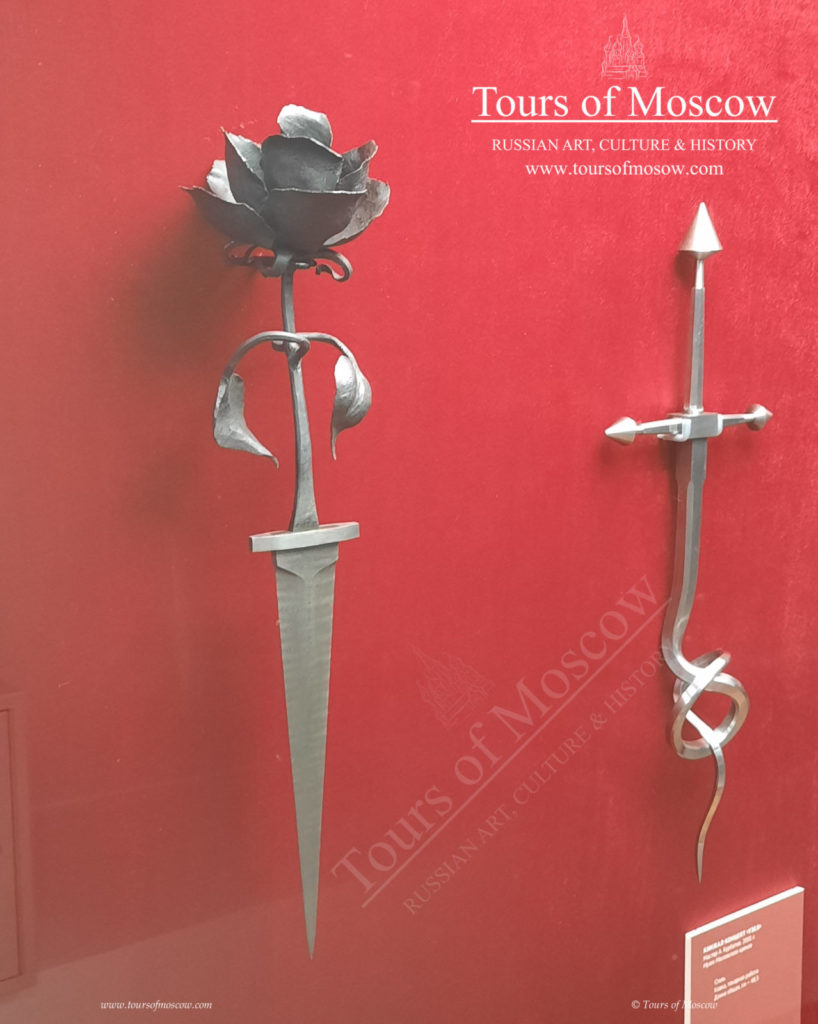 We then will walk down the main pedestrian street of Tula tarwards the weapons Museum. Many pieces you see in the Armoury Museum in Moscow Kremlin are done by Tula gunmakers and blacksmiths. It has been knon as a home of Russian arms for centuries. Up till now Tula has several weapons plants. More than that, they still have people who see this as Art.
We then will walk down the main pedestrian street of Tula tarwards the weapons Museum. Many pieces you see in the Armoury Museum in Moscow Kremlin are done by Tula gunmakers and blacksmiths. It has been knon as a home of Russian arms for centuries. Up till now Tula has several weapons plants. More than that, they still have people who see this as Art.
On the top floor of the Museum there is an exposition that could be in a completely different place, the exhibits are true masterpieces.
The shape of the Museum is also interesting, it is done the the form of a helmet
After the tour of the Museum we will walk down the embankment, the view is beautiful closer to the evening ))
The end 🙂
Cost: 19 500 rub per person This includes hotel accomodation, transportation, tickets and tours of the museums and master-classes.
Extra: meals
Actually, not ! Just a couple more pictures for you to foretaste the beauty of this town

